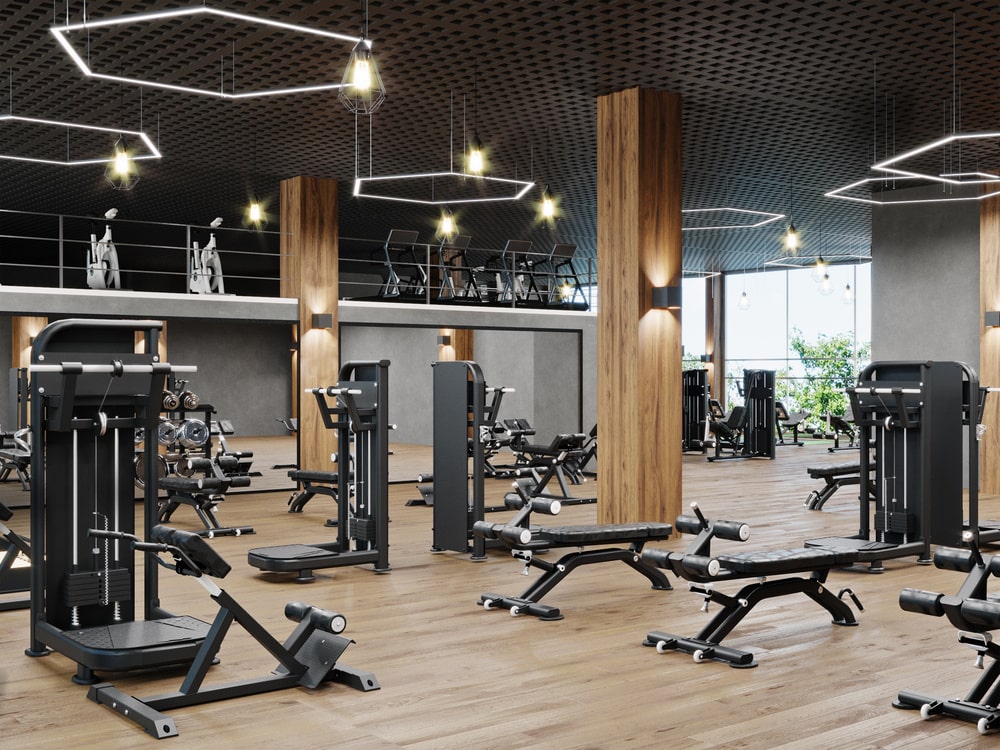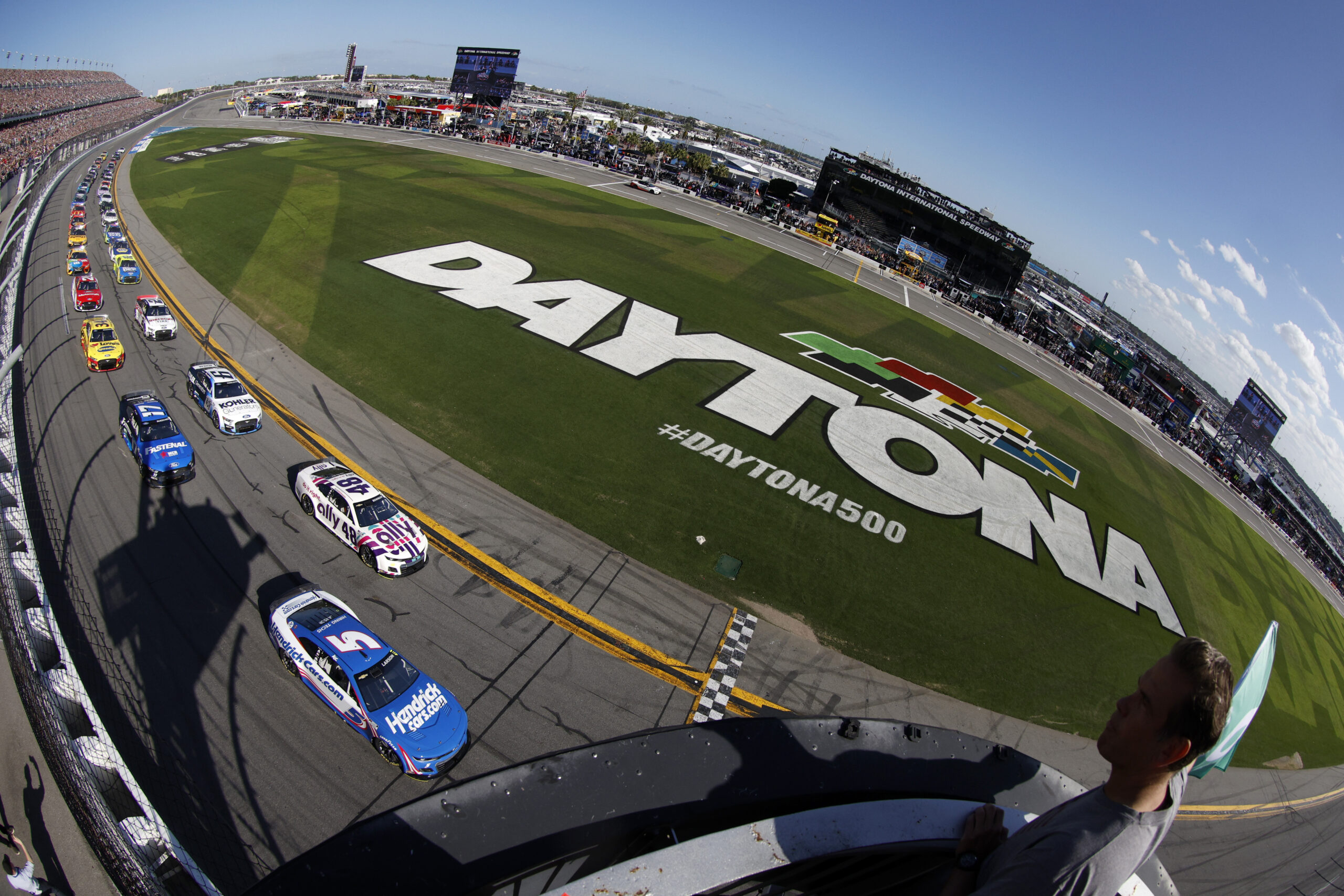More and more people are looking into getting fit not just for New Year’s resolutions nowadays. But there’s also no denying that going to the gym can be tedious. That’s why some plan to have their own gyms.
Whether you’re building a fitness gym for commercial purposes or personal use at home, there are a lot of things you have to consider to make it viable. The ambiance, design, and atmosphere are very important. And of course, you can’t forget the equipment.
You should note that designing a gym fit-out is a special project. It’s not the same thing as laying out a plan for a kitchen renovation. Fortunately, many builders understand the unique needs of gym fitouts across Australia, the US, and wherever you are. Take time to reach out to them and talk about your plans to know if you’re on the right track.
While you’re here, why not check out these tips for designing a fitness gym?

1. Use Appropriate Lighting
No matter what the design is, never neglect the lighting. Your gym should be well-lit, not just for aesthetics but also for safety. You must provide everyone with enough illumination to move around and work on the equipment. Plus, the mirrors you’ll put on the walls won’t serve their purpose if your gym isn’t well-lit.
If you have an opportunity to have floor-to-ceiling glass windows, feel free to use them. The more natural light you can utilize, the better. Skylights work just as well, too. Those big windows serve a dual purpose, one to let light in and another to maintain an ambiance of high energy. This makes planning for insulation much easier while also keeping gym-goers from getting claustrophobia.
2. Create Separate Training Areas
Naturally, a gym has to have organized sections. Like any other space, there should be a space for everyone to do a specific activity. This way, gym-goers aren’t all over the place.
For example, you should have a dedicated space for those who do group dance or aerobic classes. Have your treadmills and other cardio equipment placed in a space where people can move with ease. Do the same for those who will do weight training. You can mark out these sections with signs or tape to make navigation easier, especially for first-timers.
3. Choose the Right Flooring
Next to equipment, the choice of flooring also matters. If your gym is small, then having one flooring type may be enough. But if you have a big one with multiple sections, each one calls for different floor types.
For example, sprint track flooring is needed for sled work and prowlers. This is very thin, and it’s not intended to absorb heavy impact. For the spots where people do heavy lifting, you’ll need thicker flooring to protect the users and equipment. This is especially important for reducing the risk of injuries.
Always go for industry-grade flooring. The ones that suit gyms should be able to take a lot of heavy wear and tear, given all the work and movement that happens in a gym. Stay away from slippery flooring materials, as reducing traction can turn your whole space into a safety hazard.
4. Prioritize Ventilation
Climate control is essential for creating a safe, healthy space for working out. Lay out an HVAC system that matches the climate of your gym’s location to provide gym-goers with the ideal level of ventilation. A set of ceiling fans can help when the inside gets hotter as the day goes along and more people come in.
5. Regulate the Noise as Much as You Can
If you can go all out with designing a fitness gym, you should think about all the noise you’ll get. It’s a well-known fact that gyms aren’t the quietest of spaces; many gym-goers like to have loud music to motivate them, especially if they don’t happen to use headphones. Plus, there will be lots of straining and grunting. So, you’re bound to raise some noise complaints if you don’t invest in soundproofing.
This can be achieved by placing carpets in key positions, particularly in your entrance or reception area. Extra padding can be positioned in certain spots that are expected to produce more noise, such as the weightlifting area. Loudspeakers should also be placed smartly to prevent bombarding gym-goers with sound.
Design the Ideal Place to Work on Your Fitness Goals
As you can see, designing a fitness gym isn’t something you can do overnight. Many things go into this decision, from the design to the equipment. Obviously, it will be a considerable investment. But with some smart planning and a good fit-out builder, you can bring your plans to reality with great results. Start reaching out to professionals in your area today.
Come check out Belly Up Sports on Twitter for more sports and entertainment news and content.






